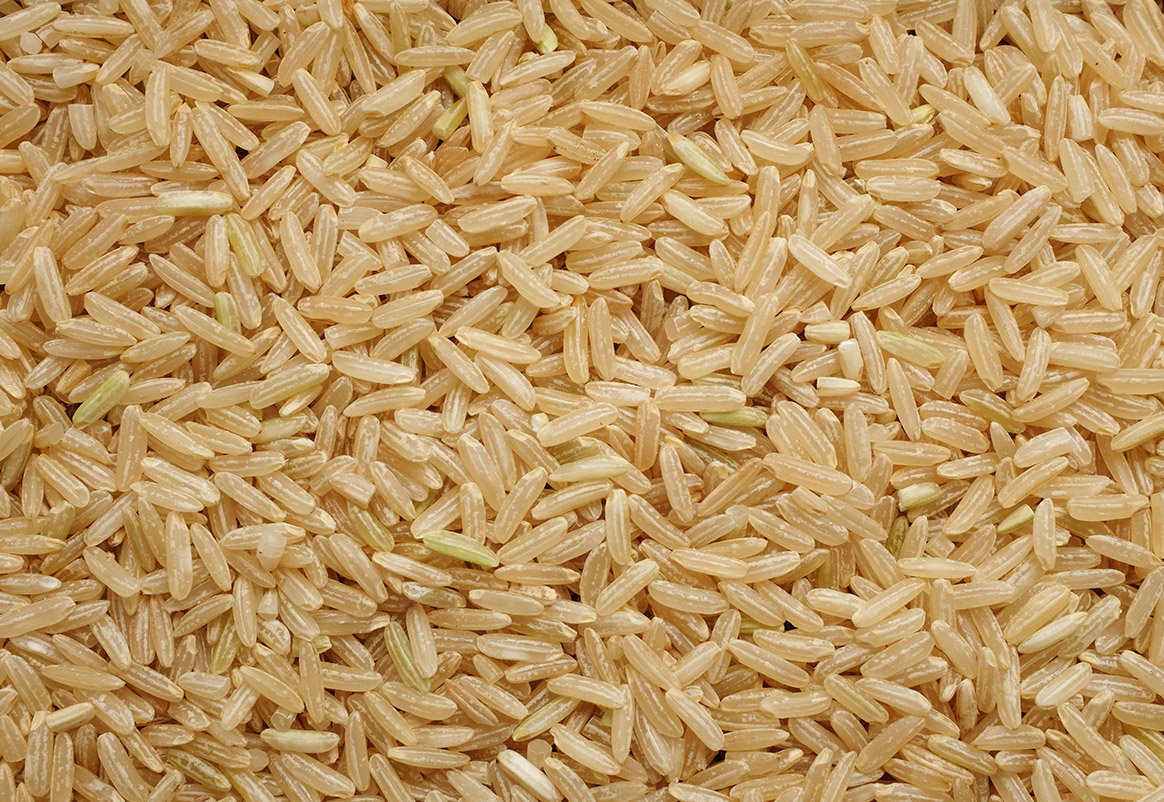Grains and oilseeds are essential components of the global commodities market. They serve as critical food sources for human consumption and livestock feed, and are vital inputs in various industries, including biofuels and manufacturing. As such, they play a significant role in commodities trading, influencing economies, food security, and global trade patterns.
The Importance of Grains and Oilseeds
Grains, such as wheat, corn, and rice, and oilseeds, like soybeans, sunflower seeds, and canola, are grown worldwide. They are staple foods in many cultures and a primary source of protein and calories. In addition to their role in human nutrition, grains and oilseeds are essential in animal feed, providing the necessary nutrients to support livestock production.
These commodities are also integral to non-food industries. For example, oilseeds are used to produce vegetable oils, which are a key ingredient in biodiesel—a renewable energy source that is increasingly important in the effort to reduce carbon emissions. Grains like corn are also used in ethanol production, which further underscores their importance beyond traditional food and feed markets.
Factors Influencing Grains and Oilseeds Trading
Several factors influence the trading of grains and oilseeds, including:
- Weather and Climate Conditions: Weather patterns significantly impact crop yields. Droughts, floods, and other extreme weather conditions can disrupt supply and lead to price volatility in the market. Climate change poses long-term risks by potentially altering growing seasons and increasing the frequency of adverse weather events.
- Geopolitical and Economic Factors: Trade policies, tariffs, and geopolitical tensions can affect the flow of grains and oilseeds across borders. For instance, export bans or import restrictions can create supply shortages or surpluses, impacting global prices and availability.
- Technological Advancements: Innovations in agricultural practices, such as precision farming and genetically modified crops, have improved yields and resistance to pests and diseases. These advancements can stabilize supply, but also introduce new considerations for traders regarding market acceptance and regulatory compliance.
- Market Dynamics and Speculation: Commodity markets are influenced by supply and demand dynamics, which can be affected by market speculation. Merchants use various financial instruments, such as futures contracts and options, to hedge against potential price changes, manage risks, and capitalize on market movements.
Risk Management in Commodities Trading
Due to the inherent risks in agriculture, effective risk management strategies are crucial in grains and oilseeds trading. Merchants and companies use various methods to manage risks, including:
- Hedging: This involves using derivatives like futures and options to lock in prices for future delivery, protecting against adverse price movements.
- Diversification: Spreading investments across different types of commodities or regions can reduce the impact of a downturn in any single market.
- Monitoring and Analysis: Staying informed about global market trends, weather forecasts, and geopolitical developments helps merchants make more informed decisions.
The Global Supply Chain and Logistics
The global supply chain for grains and oilseeds is complex and involves multiple stages from production to consumption. Efficient logistics are essential to ensure these commodities are transported from farms to global markets. This includes managing storage facilities, transportation networks, and quality control measures to maintain the integrity of the products.
The logistics of moving grains and oilseeds across vast distances also require coordination across various modes of transport, such as rail, ship, and truck, and a deep understanding of regional infrastructure and regulatory environments.
Sustainability and Future Challenges
As the global population continues to grow, the demand for grains and oilseeds is expected to increase. This raises important questions about sustainability and resource management. The agriculture sector faces the challenge of producing more food with less environmental impact, which includes reducing water usage, managing soil health, and lowering greenhouse gas emissions.
Future advancements in technology, such as drought-resistant crops and improved supply chain transparency, are likely to play a critical role in meeting these challenges. Additionally, international cooperation on trade policies and climate action will be essential to ensure a stable and sustainable market for grains and oilseeds.
Conclusion
Grains and oilseeds are fundamental to the global commodities market, impacting food security, economic stability, and international trade. Understanding the complexities of trading these commodities, from the factors that influence prices to the strategies used for risk management, is essential for navigating the global market. As the industry evolves with new technologies and growing sustainability concerns, stakeholders must adapt to ensure a resilient and secure food system for the future.
